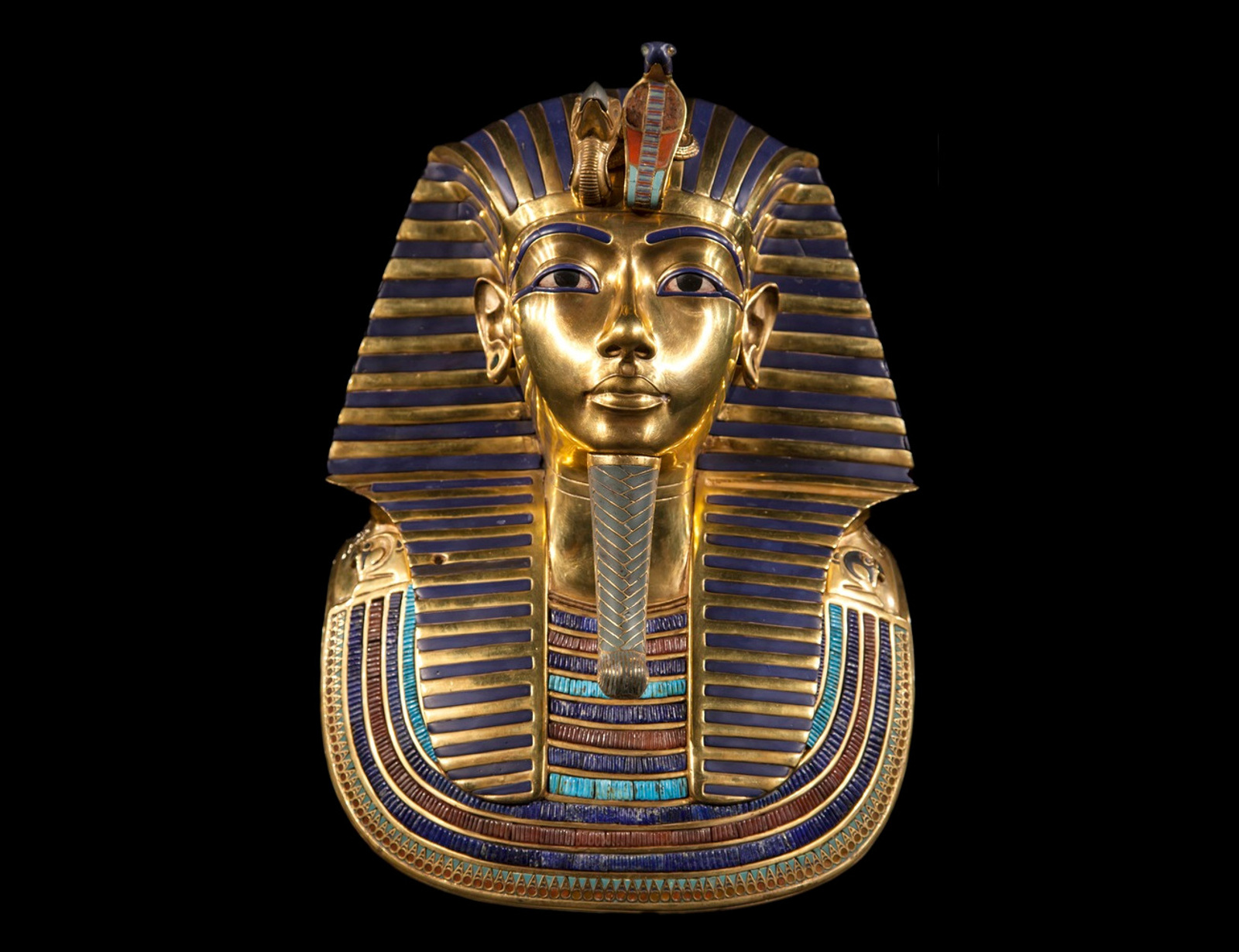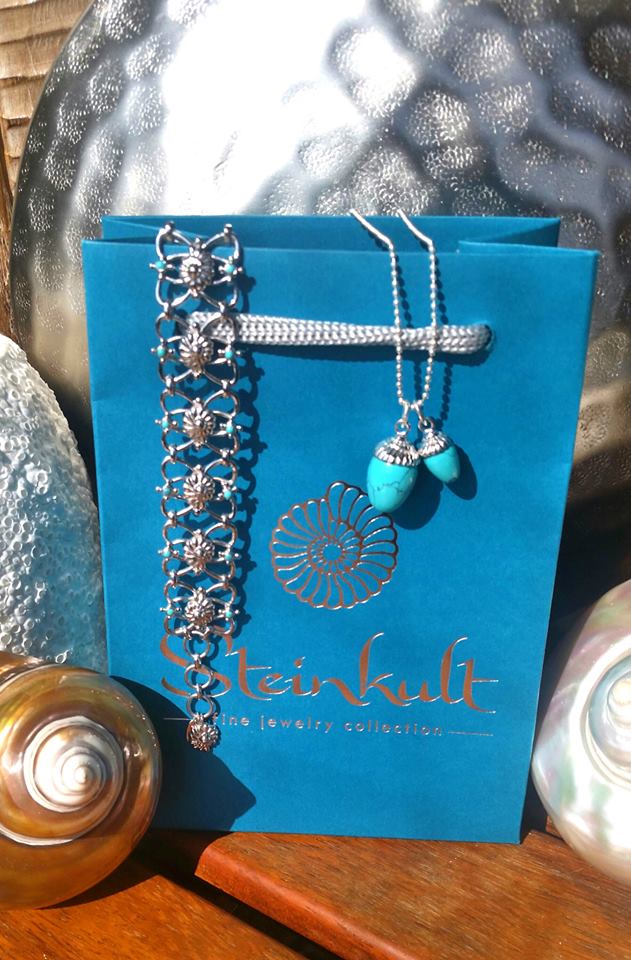
Do you sometimes like to dream of a lagoon? Where the turquoise water shimmers, the air smells wonderfully salty, a weightlessness lies over everything and on the horizon you can just make out the dolphins swimming? It is turquoise that brings this feeling – even in the depths of winter. People have fallen in love with it for thousands of years, though, for many more reasons.

Coveted through the ages...
It has a refreshingly elegant and modern feel – and yet it is among the oldest gemstones in the world: turquoise. Its name comes from the French (pierre turquoise meaning Turkish stone), the stone itself from Iran. But it was the Ancient Egyptians who first recognised the potential of turquoise as a gemstone and began to make jewellery from it. Did you know that even the famous death mask of the pharaoh Tutankhamen was richly decorated with turquoise gems? On the other side of the world, in South America, turquoise adorned ceremonial masks; human skulls were covered with turquoise and laid in the graves of tribal chiefs.
Happiness and wealth
But what was it about this stone, which stands for summer, sea, freedom, charm and grace, that fascinated the people of long ago? It was the legends that to this day surround the turquoise stone. And the promises that came with it. For example, it is said that turquoise has been known to change its colour to warn its owner of disaster. Among the Persians, turquoise was considered to be a talisman of happiness and wealth. “The hand that wears turquoise and therewith makes its seal, will never be poor,” said the Persian scholar al-Qazwini. In Europe, horse lovers put their trust in the ‘stone of protection for steed and rider’. And finally turquoise has the honour of being immortalised in the Bible, specifically in the book of Exodus. There – along with agate – it forms part of the ‘priestly breastplate’.
The lovers’ secret
The irresistible appeal of this semi-precious stone has not changed a bit to the present day. Maybe it’s just down to its sheer beauty: is it the colours that shimmer in magical tones of blue and green and remind us of the ocean? Is it the veins of other minerals and surrounding rocks that thread through turquoise and lend each individual stone its unique appearance? Or is it simply the intoxicating feeling of wearing a piece of summer happiness all the time? Or all these things? The answer remains the secret of all those who have fallen in love with turquoise.

